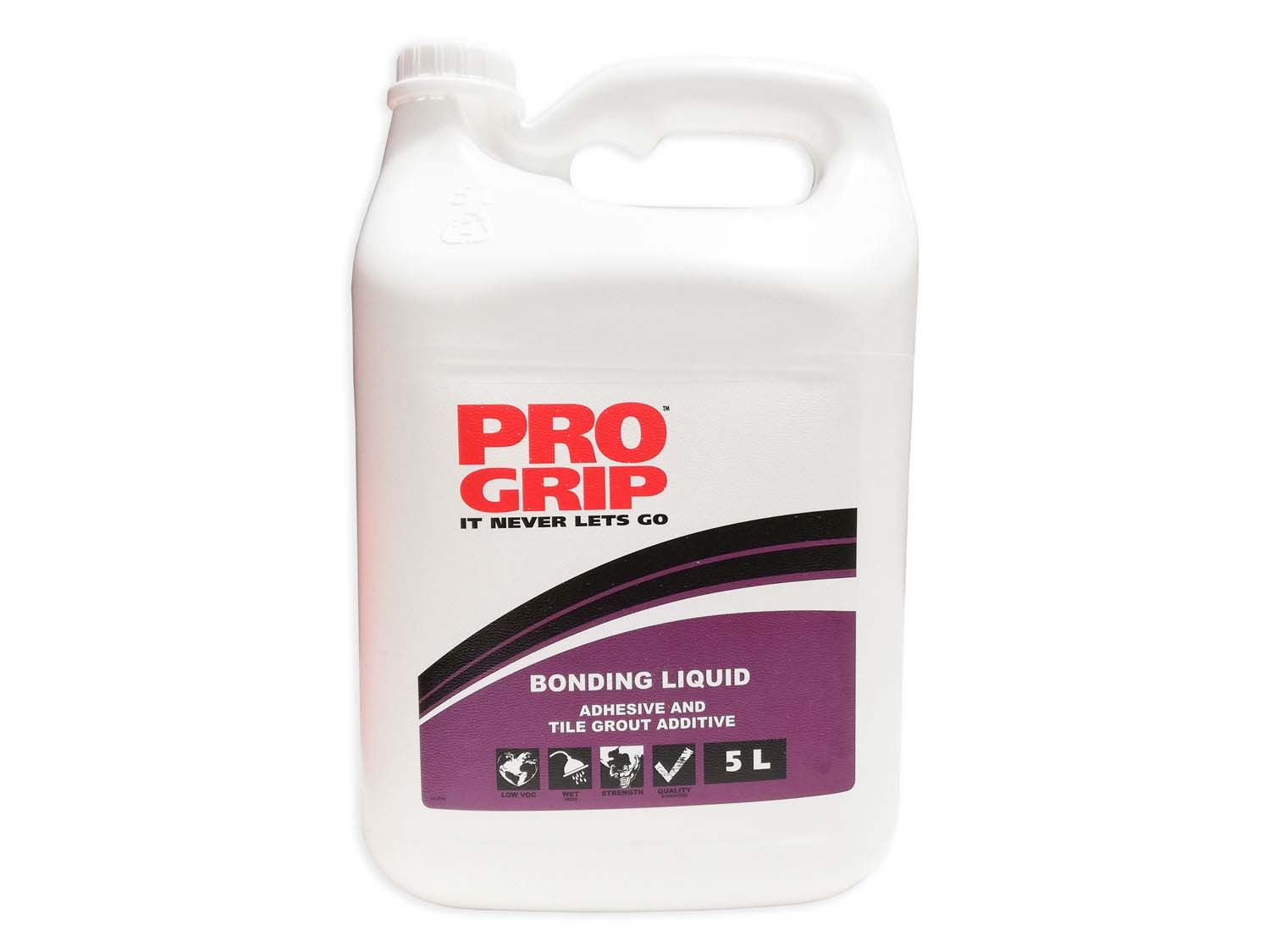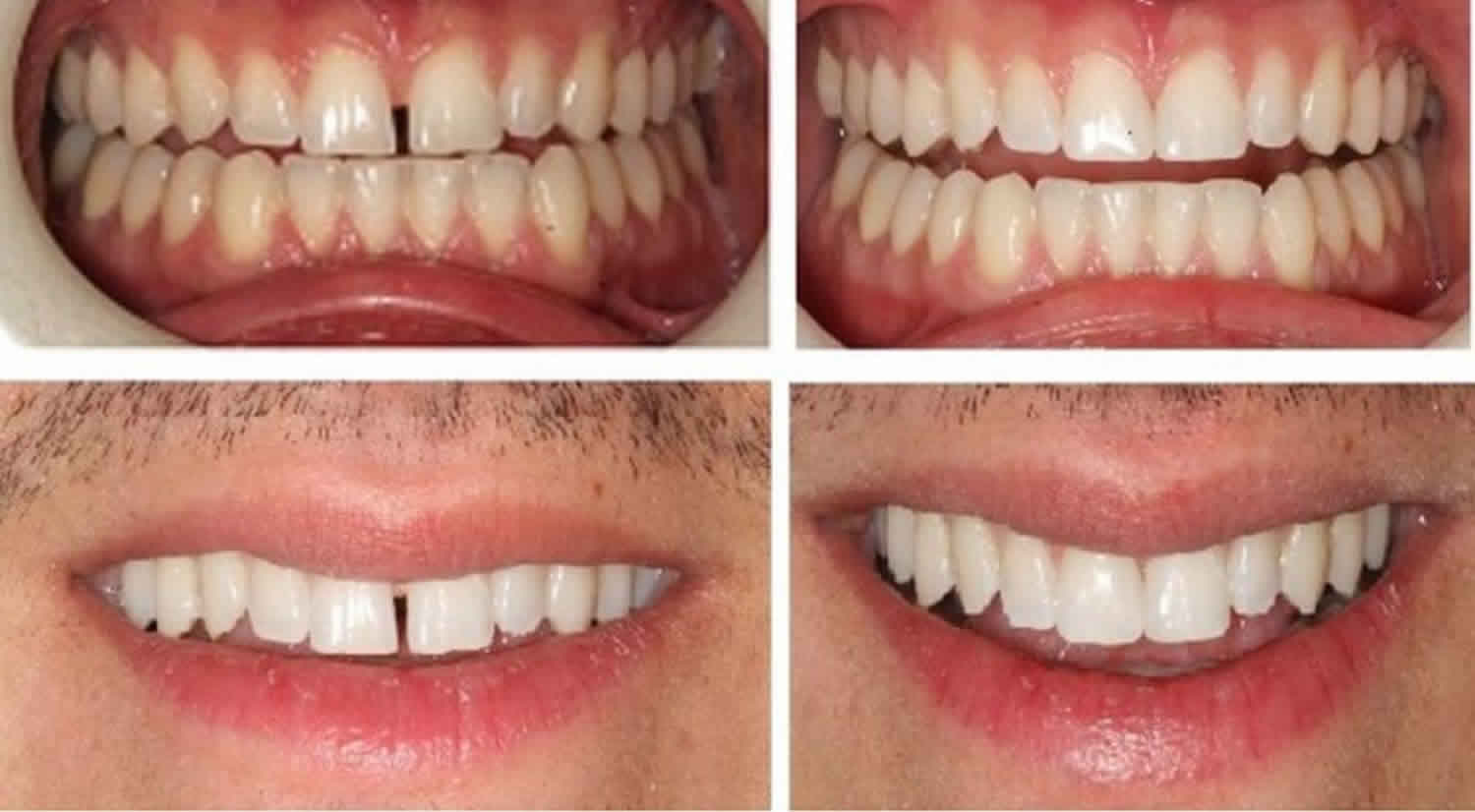Introduction
In the world of adhesives and bonding, time is of the essence. Bonding liquid, a versatile adhesive used in various industrial and household applications, requires proper drying time to achieve optimal adhesion and strength. Understanding how long bonding liquid takes to dry is crucial to ensure a successful bonding process. This comprehensive guide delves into the drying process of bonding liquid, factors that influence drying times, and its diverse applications.

Image: www.ctm.co.za
What is Bonding Liquid and How Does it Work?
Bonding liquid is a type of adhesive that forms strong chemical bonds between two surfaces, typically through a process called curing. It is widely used in bonding materials such as plastic, metal, glass, and wood. Unlike physical adhesives that rely on mechanical interlocking, bonding liquid undergoes a chemical reaction to create a permanent bond between the surfaces.
Factors Affecting Drying Times of Bonding Liquid
Several factors influence the drying time of bonding liquid, including:
- Type of bonding liquid: Different bonding liquids have varying chemical compositions that affect their curing time.
- Environmental conditions: Temperature and humidity levels can significantly impact drying time. Higher temperatures accelerate drying, while high humidity can slow it down.
- Amount of bonding liquid applied: Thicker layers of bonding liquid require longer drying times to penetrate and cure.
- Surface type: Porous surfaces may absorb some bonding liquid, affecting drying time compared to non-porous surfaces.
- Presence of additives: Accelerator additives can be added to bonding liquid to speed up curing times.
Typical Drying Times for Bonding Liquid
The drying time of bonding liquid varies depending on the above factors. Under normal conditions, most bonding liquids cure within 24 to 48 hours. However, drying times can range from a few minutes to several days depending on the specific bonding liquid and application.
- Rapid-curing bonding liquids: Dry in less than 5 minutes and are ideal for quick repairs.
- Standard bonding liquids: Cure within 24 to 48 hours and are suitable for most general bonding applications.
- Extended-curing bonding liquids: Can take several days to cure, providing superior bond strength and durability.

Image: healthjade.com
Testing the Bond Strength
To ensure a proper bond, it is important to test the bond strength after allowing sufficient drying time. Before subjecting the bond to stress, gently pull or pry the surfaces apart. If the surfaces separate easily or the adhesive breaks, it may indicate insufficient drying or an improper application.
Applications of Bonding Liquid
Bonding liquid finds applications in various industries and household tasks, including:
- Automotive industry: Repairing cracked windshields, bonding interior trims, and sealing leaks.
- Electronic assembly: Attaching components to circuit boards and encapsulating electronic devices.
- Household repairs: Bonding broken plastics, sealing leaks in pipes and containers, and repairing furniture.
- Jewelry making: Adhering gemstones and beads to metal findings.
- Construction: Bonding flooring materials, sealing joints and cracks, and attaching tiles and fixtures.
How Long Does Bonding Liquid Take To Dry
Conclusion
Understanding how long bonding liquid takes to dry is essential for achieving a successful bonding process. By considering the factors that influence drying time and following proper application techniques, you can ensure that your bonded surfaces achieve optimal strength and durability. Whether it’s for industrial repairs or household fixes, bonding liquid remains a versatile and indispensable tool in our modern world.





:max_bytes(150000):strip_icc()/ideas-for-removing-odors-from-wood-3536463-FINAL-54b76a445dfb41acb4ba0c413bd80e80.png?w=740&resize=740,414&ssl=1)

